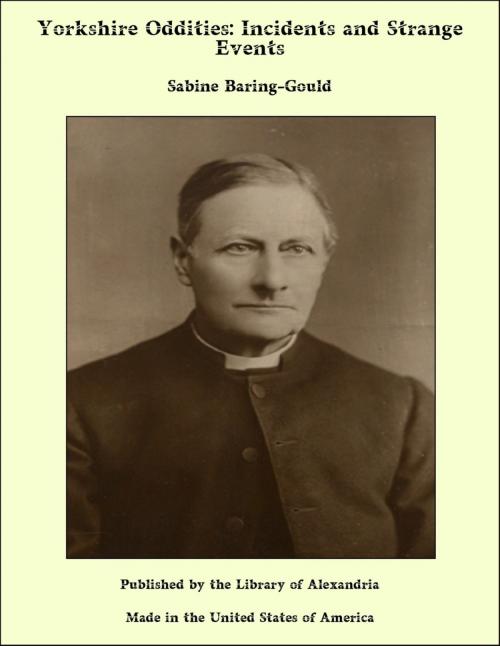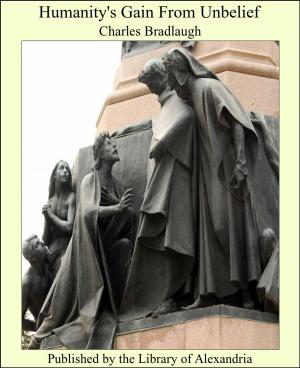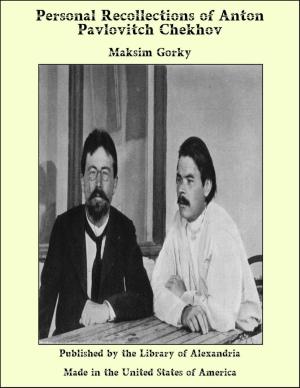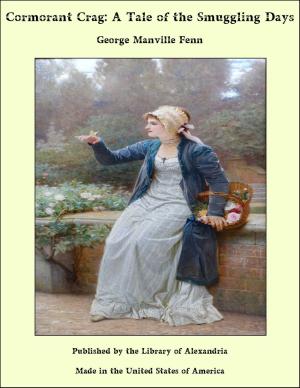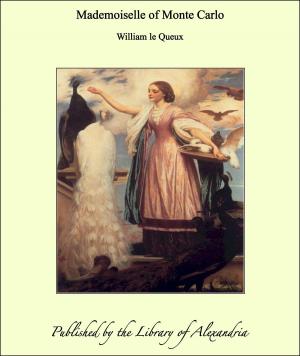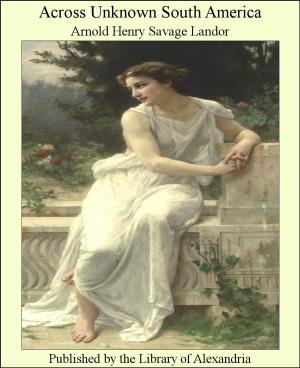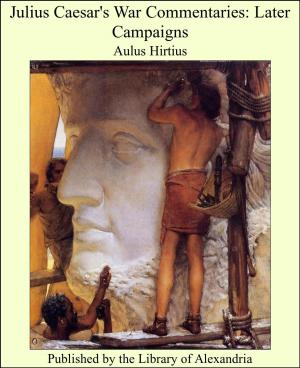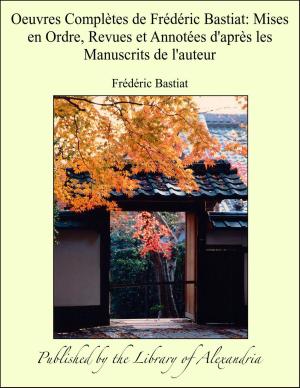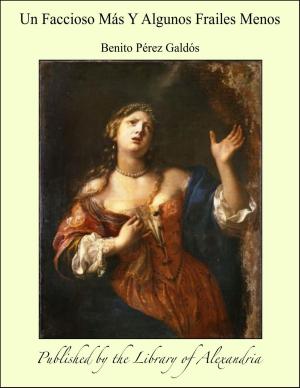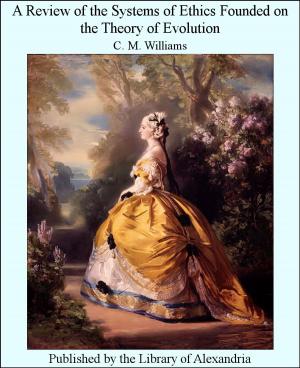Yorkshire Oddities: Incidents and Strange Events
Nonfiction, Religion & Spirituality, New Age, History, Fiction & Literature| Author: | Sabine Baring-Gould | ISBN: | 9781465608574 |
| Publisher: | Library of Alexandria | Publication: | March 8, 2015 |
| Imprint: | Language: | English |
| Author: | Sabine Baring-Gould |
| ISBN: | 9781465608574 |
| Publisher: | Library of Alexandria |
| Publication: | March 8, 2015 |
| Imprint: | |
| Language: | English |
In the middle of last century there lived in Wakefield a certain Peter Priestly, who for many years was sexton of the parish church of All Saints. The then vicar was Michael Bacon, D.D., a tall, portly man, of a commanding presence, who wore a large bushy wig, as was the wont of many old divines of that date. He was a man of rather a warm temperament, and was apt at times, when matters did not flow quite according to his will, to grow a little irritable, and whilst in that condition his habit was frequently to thrust his right hand in a testy, impetuous way under his wig. This habit destroyed the symmetry of that capital ornament, and made it protrude considerably on the right side; and this protrusion grew greater the longer the wig was worn. The vicar's wigs were inherited and worn by the sexton, whose venerable and awe-inspiring appearance was much enhanced thereby. Mrs. Priestly in vain endeavoured to reduce the protuberance of hair on the right side, so as not to betray the origin of the wig. The horse-hair resumed its elasticity in spite of her efforts, and the congregation in the parish church were amused to see the stately Doctor in his reading-desk with a deformed wig, and below him the scarcely less stately clerk in a wig the counterpart of that of the Doctor. But what amused the wags not a little was to observe the fact that when the Doctor's wig was perfectly symmetrical, instantly the sexton's assumed the most exaggerated inequality in the sides. The secret, of course, was that the Doctor had donned a new wig, and had given his old one to the clerk. But after a while the irascible vicar had succeeded in brushing out the tufts of his false head of hair on the right, and simultaneously the continued efforts of Mrs. Priestly had reduced the right-hand protuberance in the wig of her husband. Consequently, as one bush grew, the other shrank into itself. But there were points—like the equinoxes—when both wigs were alike. Now it fell out that Doctor Bacon had determined to present himself with a new wig one Easter, and he had accordingly given Peter Priestly his old wig, which had arrived at its maximum of extension on the right-hand side. Peter had heard it said that on S. Mark's Eve the spirits of all those who are to die during the year may be seen in the church. Half believing this popular superstition and half in doubt about the truth of it, and thinking, moreover, that if it might be so, he should like to know whether trade would be brisk for him during the rest of the year, he decided that anyhow he would go to the church and see what would happen; and not wishing to spend his time idly, he determined to occupy himself with lettering some grave-stones which he had not completed. The place in which he carried on this work was the base of the church tower, which was shut off from the nave by a large boarded partition, against which stood the west gallery of the church. The opening from the tower into the nave consisted of large folding-doors.
In the middle of last century there lived in Wakefield a certain Peter Priestly, who for many years was sexton of the parish church of All Saints. The then vicar was Michael Bacon, D.D., a tall, portly man, of a commanding presence, who wore a large bushy wig, as was the wont of many old divines of that date. He was a man of rather a warm temperament, and was apt at times, when matters did not flow quite according to his will, to grow a little irritable, and whilst in that condition his habit was frequently to thrust his right hand in a testy, impetuous way under his wig. This habit destroyed the symmetry of that capital ornament, and made it protrude considerably on the right side; and this protrusion grew greater the longer the wig was worn. The vicar's wigs were inherited and worn by the sexton, whose venerable and awe-inspiring appearance was much enhanced thereby. Mrs. Priestly in vain endeavoured to reduce the protuberance of hair on the right side, so as not to betray the origin of the wig. The horse-hair resumed its elasticity in spite of her efforts, and the congregation in the parish church were amused to see the stately Doctor in his reading-desk with a deformed wig, and below him the scarcely less stately clerk in a wig the counterpart of that of the Doctor. But what amused the wags not a little was to observe the fact that when the Doctor's wig was perfectly symmetrical, instantly the sexton's assumed the most exaggerated inequality in the sides. The secret, of course, was that the Doctor had donned a new wig, and had given his old one to the clerk. But after a while the irascible vicar had succeeded in brushing out the tufts of his false head of hair on the right, and simultaneously the continued efforts of Mrs. Priestly had reduced the right-hand protuberance in the wig of her husband. Consequently, as one bush grew, the other shrank into itself. But there were points—like the equinoxes—when both wigs were alike. Now it fell out that Doctor Bacon had determined to present himself with a new wig one Easter, and he had accordingly given Peter Priestly his old wig, which had arrived at its maximum of extension on the right-hand side. Peter had heard it said that on S. Mark's Eve the spirits of all those who are to die during the year may be seen in the church. Half believing this popular superstition and half in doubt about the truth of it, and thinking, moreover, that if it might be so, he should like to know whether trade would be brisk for him during the rest of the year, he decided that anyhow he would go to the church and see what would happen; and not wishing to spend his time idly, he determined to occupy himself with lettering some grave-stones which he had not completed. The place in which he carried on this work was the base of the church tower, which was shut off from the nave by a large boarded partition, against which stood the west gallery of the church. The opening from the tower into the nave consisted of large folding-doors.
